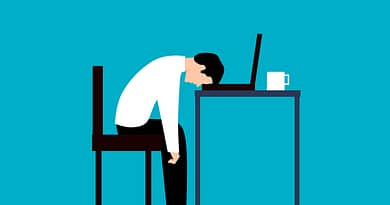Reclaim Your Discipline: Break Free From Dopamine Hijacking
Why is it so damn hard to stay disciplined?
Like, you’ll be ON FIRE for three days straight… and then BOOM, you’re binge-watching Netflix, skipping workouts, and eating like trash.
It’s like your motivation just disappears.
But here’s the wild truth: Discipline has NOTHING to do with motivation.
It’s actually a brain activation problem.
And once you understand how your brain works (especially dopamine “hijacking”), you’ll realise you can train yourself to become disciplined AF.
So let me break it down below.
Table of Contents
Disclosure
As an Amazon Associate and Mindvalley Affiliate, I earn from qualifying purchases. Some of the links below are affiliate links, meaning I earn a small commission if you purchase through them—at no extra cost to you. I only recommend products or courses I personally rate or think you’ll love!
1. Why Most People Suck at Discipline
Why are some people disciplined?
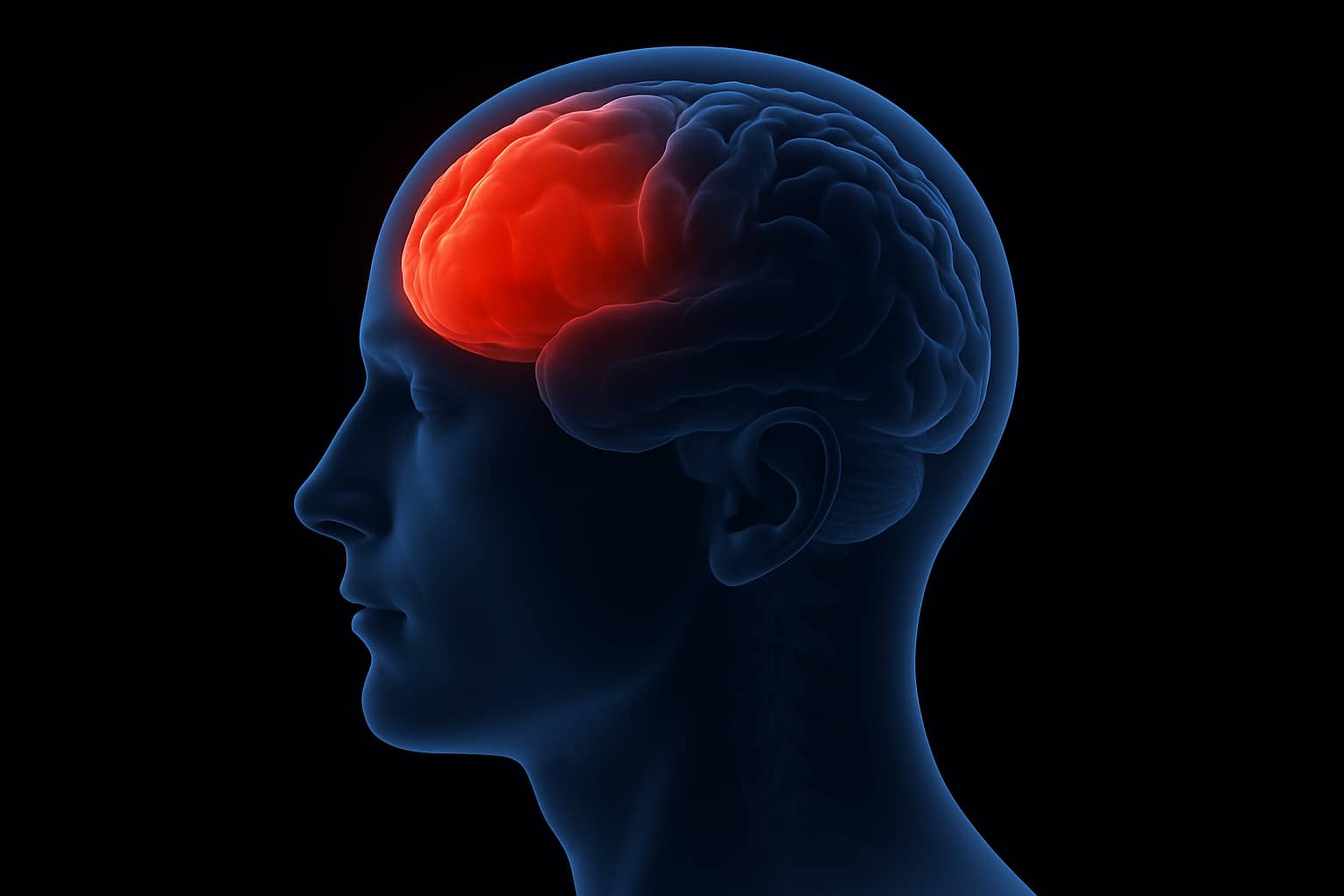
Partly because they have better activation of their prefrontal cortex (PFC). This front part of the brain is responsible for future-oriented, goal-directed behaviour.(1)
Like choosing the gym over the couch and a Netflix binge.
PFC: The Command Centre for Discipline
From an evolutionary standpoint, homo sapiens and their PFC is brand new. It’s only been around for about 0.06% of the time brains have existed at all.(2,3)
It’s also what separates sentient from non-sentient animals. The better developed, the more an animal can weigh options and commit to future rewards instead of just acting on impulse.
For instance, a hamster doesn’t need a well-developed PFC to run on a wheel, it’s just instinct. And while hamsters have a relatively small PFC compared to their brain size, humans have the largest—followed closely by great apes and dolphins.
Dopamine: The Motivation Molecule
But structure isn’t everything. What about our brain chemistry?
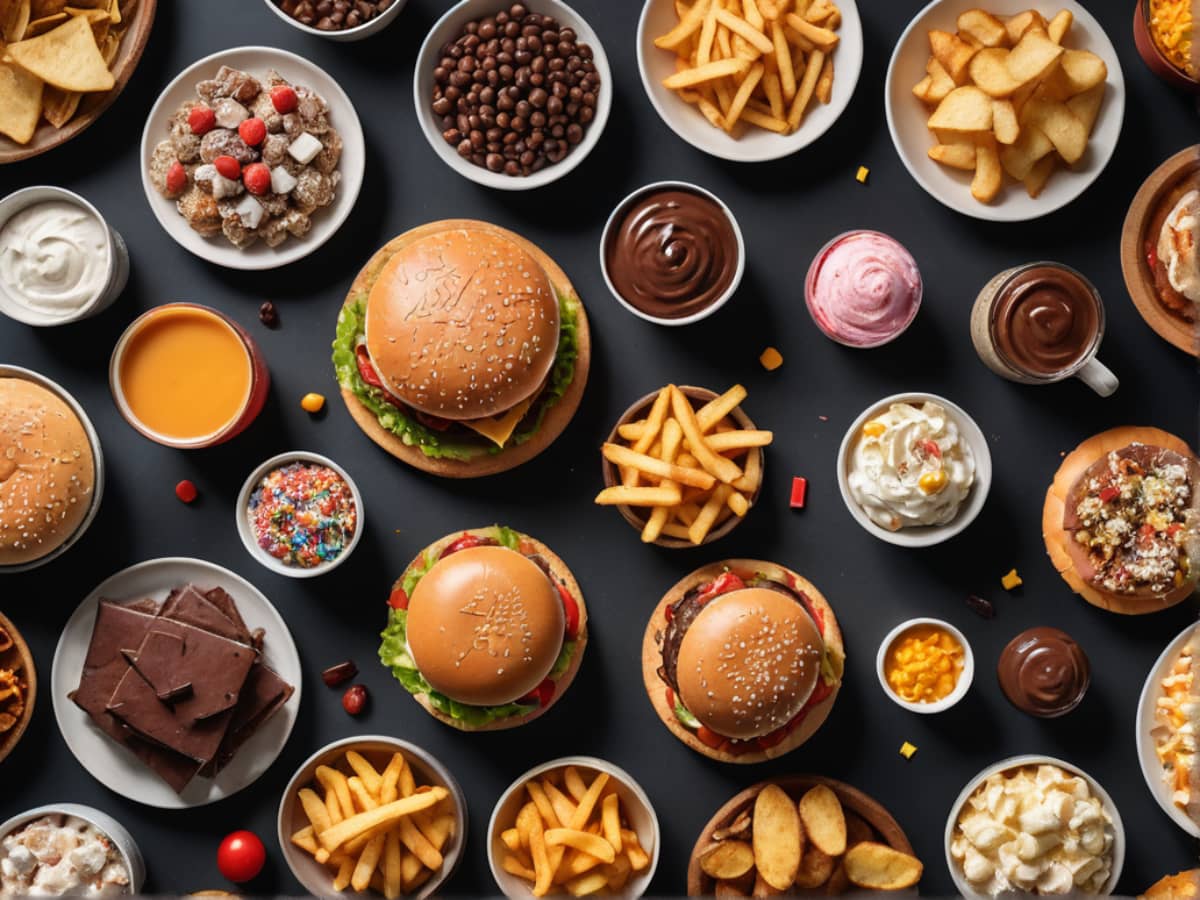
Dopamine is a neurotransmitter that drives motivation and action. When dopamine activity is irregular, committing to goals becomes nearly impossible.
Contributing factors could be genetics, like polymorphisms (genetic variations) in dopamine-related genes (e.g., DRD2, DAT1, COMT), causing either under-activation or overactive enzyme activity.(4)
Or environmental factors, like dopamine “hijacking” from social media addiction or long-term substance use.(5)
Simply put, irregular dopamine activity makes higher-level tasks impossible, because there’s simply not enough dopamine available.
Want to Rewire Your Brain’s Reward System?
Mindvalley’s Superbrain by Jim Kwik is designed to boost memory, learning speed, and cognitive function—helping you develop the mental discipline to stay focused and motivated. It’s all about training your brain to work smarter, not harder.
2. The Secret: Training Your Brain
Ever had a burst of motivation that turned you into a “high performer” for like two days, then you crashed for the next week?
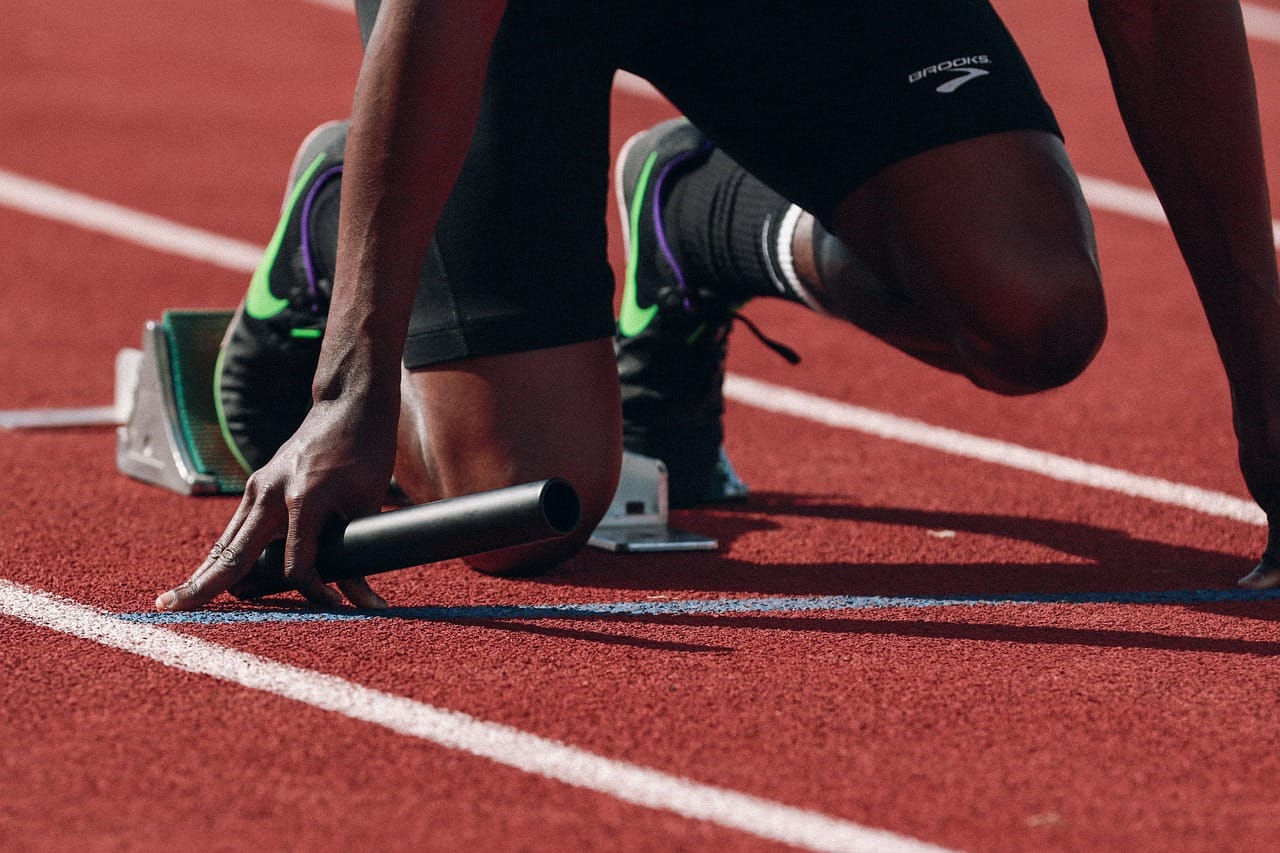
That’s what self-improvement gurus call a “dopamine crash.”
But the truth is, you didn’t crash. You just never rewired your brain.
Your PFC activation and dopamine system still suck, and you were running purely on temporary motivation, anger, or frustration. No real long-term change.
This is why mastering dopamine management is crucial. That is, learning how to keep levels stable without crashes.
One of the most effective ways top performers train their brains for this is through delayed gratification. Creating specific neural wiring that allows working towards long-term goals.
Delayed gratification strengthens the neural pathways responsible for a healthy dopamine function and a more responsive PFC.(6)
And unsurprisingly, elite athletes have highly efficient neural wiring with optimal dopamine levels—allowing them to switch into discipline mode effortlessly.(7,8)
The catch? Many high achievers develop this discipline unconsciously. They don’t overthink it; they just do it. Their habits run on autopilot without needing willpower.
So how can a normie like you or me replicate this?
Want to Train Your Mind Like a High Performer?
Mindvalley’s Silva Ultramind System by Vishen Lakhiani teaches elite-level mental training for clarity, goal-setting, and peak performance—used by CEOs, athletes, and top performers worldwide.
3. Build Discipline ASAP
Want to start building discipline right now?

Here are five practical hacks to support your brain for better self-control and consistency.
Each of these dopamine hacks taps into your brain’s reward system, in one way or another, making it easier to stay on task.
Dopamine Hacks
- Dopamine Fasting
Cut out mindless scrolling, junk food, or other instant dopamine hits for a set period to reset your focus. The goal here is to re-sensitise your brain to long-term rewards. For example, try running in silence instead of relying on music for motivation—let your brain learn to associate effort with intrinsic reward. Delete social media apps for a week and replace them with journaling or reading.(9) - Micro-Goals
Large goals can feel overwhelming, making it easy to procrastinate. Instead of waiting for a big reward at the end, break tasks into small, achievable wins to give your brain frequent dopamine hits along the way. Rather than “write an article,” set a goal like “write 100 words” or “brainstorm three points.”(10) - Reward Systems with Time Limits
Use structured rewards to reinforce discipline. A simple method is the Pomodoro technique: work for 25 minutes, then reward yourself with a short break. Unpredictable reward timing can be even more effective. Apps like Forest or Marshmallow help simulate this by making rewards feel random yet attainable.(11) - Habit Stacking
Attach a new habit to an existing one (e.g., meditate right after brushing your teeth). Your brain already has strong neural pathways for habits you do on autopilot, making it easier to integrate new ones seamlessly.(12) Check out this book on 127 Habit Stacking Methods here (affiliate link) for the best tips! - Temptation Bundling
If all else fails, trick your dopamine system by pairing a disciplined action with something enjoyable. Only allow yourself to listen to your favourite podcast while working out or watch your favourite TV series while stretching. This rewires your brain to associate the harder task with pleasure, making it easier to stick to.(13)
Discipline is Built on Habits
Small, consistent actions shape long-term success. The Habit of Ferocity course teaches you the key habits needed to excel, training your brain to make them second nature. If you’re ready to master the habits that drive peak performance, this course is where you start.
4. Why Most People Stay Stuck (And How To Avoid)
You might be thinking—that’s all good—but how do I stop myself from falling back into bad habits? What keeps me from sabotaging my discipline?
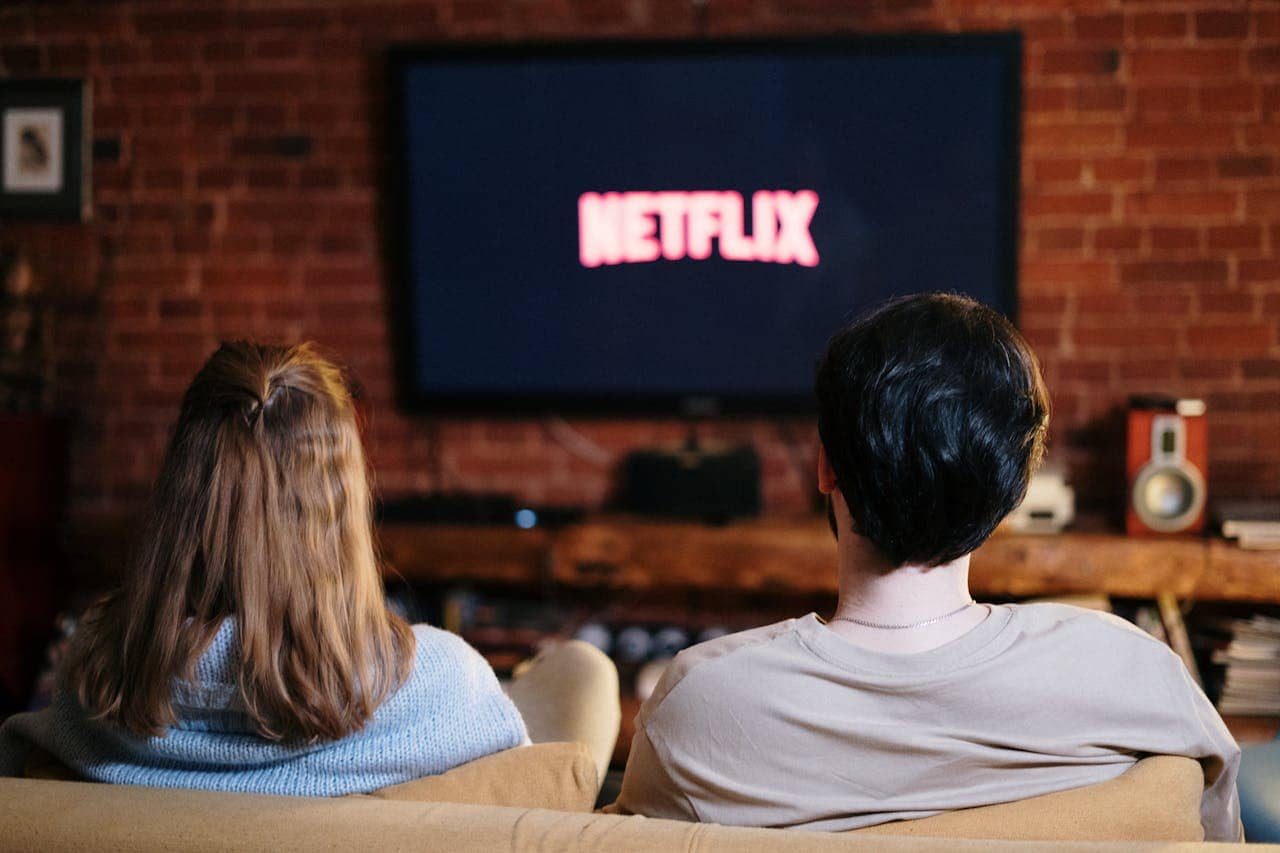
Some common fallbacks are scrolling on our phones for hours, binge-watching shows, emotional eating (to fill time and briefly boost dopamine), or even substance use.
Just like with binge-eating or social media addiction, substance abuse hijacks your dopamine system, making your brain crave short-term gratification instead of real progress.
Over time, this leads to automatic, maladaptive habit formation: where your brain wires itself to prioritise instant pleasure over long-term goals.(14)
Why Your Brain’s Wiring Matters
If you want to sustain discipline, your brain’s wiring must align with your goals. Otherwise, no amount of motivation will help.
Research shows that the way different brain networks communicate determines how well you can focus, resist distractions, and stay on track.
Stronger connectivity between key areas of the brain—especially the prefrontal cortex (PFC) and deeper brain regions—improves self-control and makes discipline feel more natural. Think of it as upgrading your brain’s “habit highways” so it’s easier to stay consistent.(15)
How to Rewire Your Brain for Discipline
To train your brain for discipline, you need to improve these neural pathways.
Some of the best ways to do this include:
- Meditation – Strengthens focus and impulse control.(16)
- Exercise – Boosts dopamine levels, enhances neuroplasticity, and promotes epigenetic changes that can override genetic limitations.(17)
- Hormetic stressors (e.g., cold showers, fasting) – Strengthen mental resilience.
- Time in nature, sleep, and proper nutrition – Support dopamine balance and cognitive function.
- Optimising vitamin D levels – Plays a key role in brain health and neurotransmitter regulation.
Even if you have the best strategies, lacking sleep, nutrients, or vitamin D can drain your willpower and make discipline feel impossible.
Your environment and daily habits must support your brain to make real change stick.
Why do these methods work? Because these activities combined improve oxygenation in the brain, enhance the synchronicity of key networks for discipline, strengthen connectivity between brain regions, and regulate dopamine signalling.
All of which reinforce long-term habit formation.
Learn how to Rewire Your Mind for Discipline
If you’re serious about rewiring your brain and building unstoppable discipline, check out these courses. Don’t just read about discipline. Train for it. These programmes cover everything from neural rewiring and habit-building to hypnotherapy and effective home workouts. It’s next-level.




